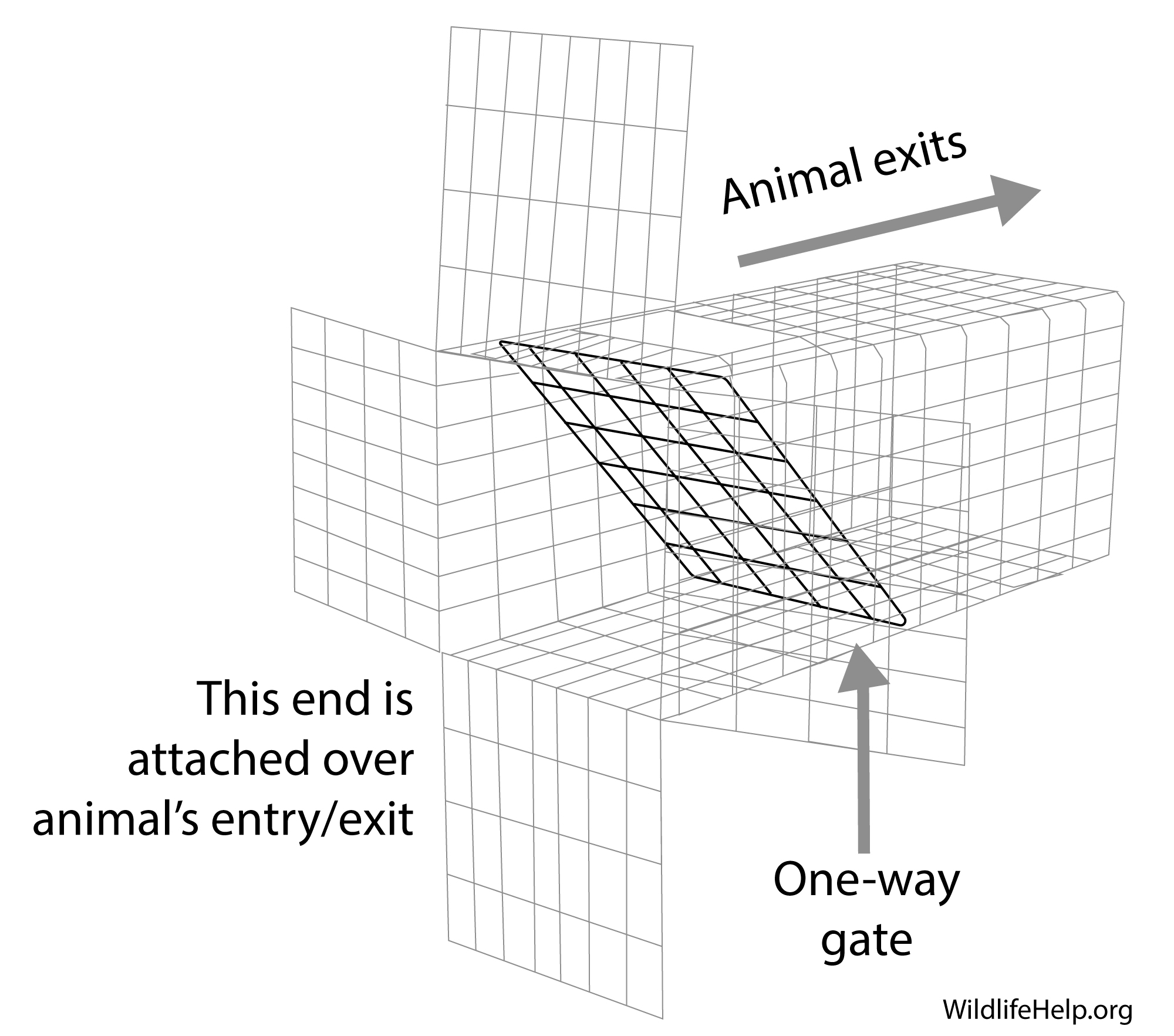They sometimes go in for pet food or garbage but most of the time it s shelter.
Problems with raccoons in attics.
A raccoon living in an attic from january to september should always be assumed to be a mother with babies.
So it s used by homeowners to get rid of raccoons in attics and crawlspaces.
Often it is the scent left behind by other animals that have gained access.
They re also carriers of zoonotic diseases which are harmful to humans as well as our pets.
This is why these animals are sometimes found nesting just outside dryer vents.
Birds in an attic attract.
That s the main topic that i address in this website and i ve included a ton of information about the matter.
Sometimes raccoons can reposition themselves down into walls from the attic which can then lead to other animal control problems.
Raccoons frequently defecate and urinate in the same place and generate piles of feces called raccoon latrines.
Raccoons are pesky critters.
The most common problem is a raccoon problem in the attic.
They can be especially destructive on farms where they feed heavily on crops and sometimes kill poultry by raiding chicken coops.
Many buildings get raccoons in the attic after first having the other wildlife problems and ignoring the signs and attic sounds.
What common diseases do raccoons carry.
If there is a secure secluded place that they are able to get into they will be happy to stick around especially if there is heat involved.
There are several things that can give a raccoon incentive to move into your attic.
Because of their ability to coexist with humans raccoons can become a nuisance when they damage gardens raid garbage cans or inhabit human structures.
Be careful you don t want to orphan the baby raccoons.
Wildlife often carry diseases and can spread them especially through droppings urine or parasites.
Mothballs can be ingested by pets or even small children.
Th eir nesting season begins in fe bruary and can go through o ctober.
Raccoon latrines are generally found in tree bases stumps garages under decks and in attics.
This is the most common type of raccoon conflict.
Generally damage caused by raccoons in the attic includes building nests and gnawing on wires.
These animals very commonly break into buildings and human homes.
The most common way to identify if raccoons have entered your attic or other areas of your home or business is by noise or electrical damage.
Problems with raccoons r accoons are nocturnal needing a q uiet and dark place during the daytime.
Th ey den in tree cavities underground burrows made by other animals and human made structures such as chimneys basements attics spaces under patios and between walls.
Raccoon fact sheet management of problem raccoons.
Raccoons sometimes take up residence in outbuildings sheds under porches or in attics.
Raccoon problems in the house.
Raccoons are excellent mothers and will move their babies to a new den site if given the chance but evicting a mother raccoon always runs the risk of her abandoning or getting separated from her babies.
But if left in such places for a long time the chemicals can seep into the rest of your house exposing people to it.

